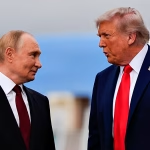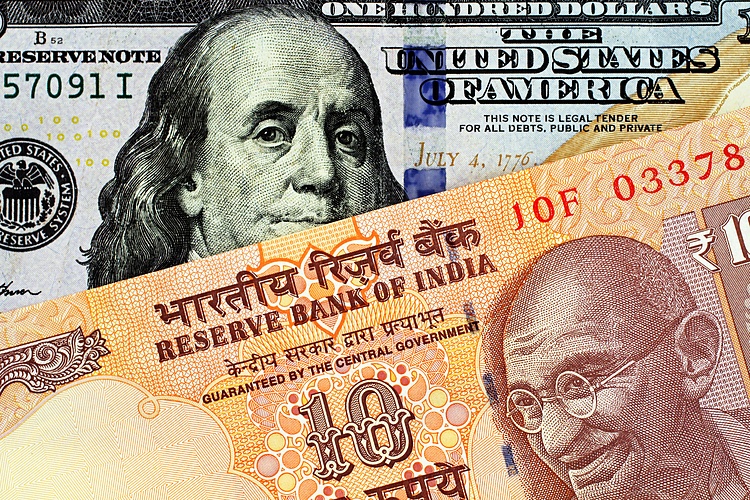The USD/INR pair closed the week on a positive note near 83.70 as the US Dollar extended its recovery. The US Dollar Index (DXY) strengthened to near 104.40 against six major currencies. This rise in the US Dollar was fueled by growing speculation that Republicans would win the US presidential elections later this year, especially after an assassination attempt on Donald Trump and rumors of Joe Biden dropping out due to medical reasons.
Donald Trump’s protectionist trade policies are seen as favorable for the US Dollar, leading to its rise. Additionally, US bond yields have increased despite expectations of the Federal Reserve reducing interest rates from September onwards. This expectation is based on easing price pressures and a cooling labor market strength in the US. The Fed’s potential pivot towards policy normalization has further boosted the US Dollar.
In contrast, the Indian Rupee depreciated due to weakness in Indian equity markets as profit-booking emerged. The upcoming trigger for the Indian Rupee would be the Fiscal budget announcement scheduled for July 23. Prime Minister Narendra Modi-led-NDA is expected to cut the fiscal deficit target, which could be beneficial for the Indian Rupee. The Indian Rupee is sensitive to external factors such as Crude Oil prices, the US Dollar value, and foreign investment levels, besides interventions by the Reserve Bank of India (RBI) in the foreign exchange (FX) markets.
The RBI intervenes actively in the forex markets to maintain a stable exchange rate and inflation rate, besides adjusting interest rates to influence the Rupee’s value. The role of the ‘carry trade’ where investors borrow in countries with lower interest rates and invest in countries with higher rates impacts the Rupee. Macroeconomic factors such as inflation, interest rates, GDP growth rate, trade balance, and foreign investment inflows play a key role in determining the Rupee’s value. Higher growth rates and positive trade balances lead to a stronger Rupee, while high inflation compared to peers can devalue the currency.
Inflation impacts the Rupee negatively as it increases the cost of exports and leads to oversupply. However, higher inflation may prompt the RBI to raise interest rates, attracting international investors and strengthening the Rupee. Conversely, lower inflation levels can have the opposite effect. Overall, the Indian Rupee’s value is influenced by a combination of internal and external factors, and the upcoming fiscal budget announcement is expected to provide further clarity on its future trajectory.









